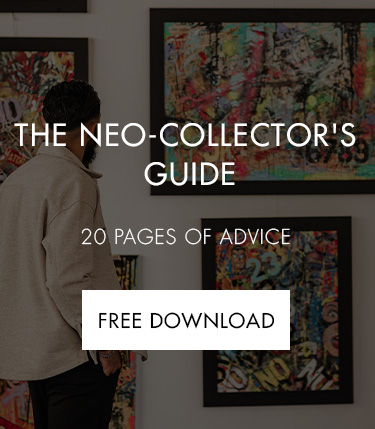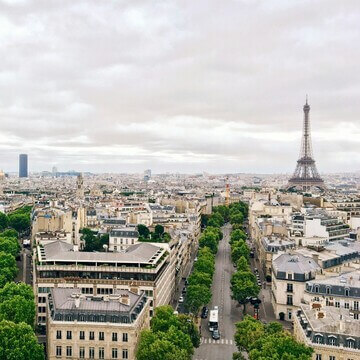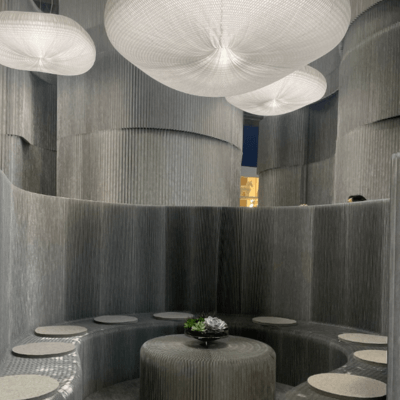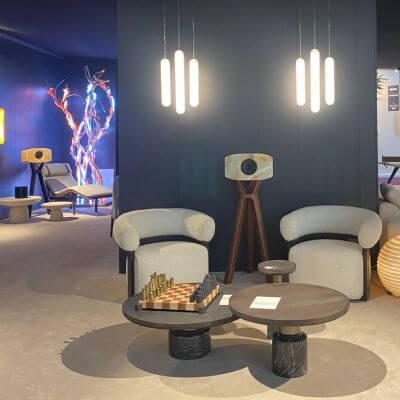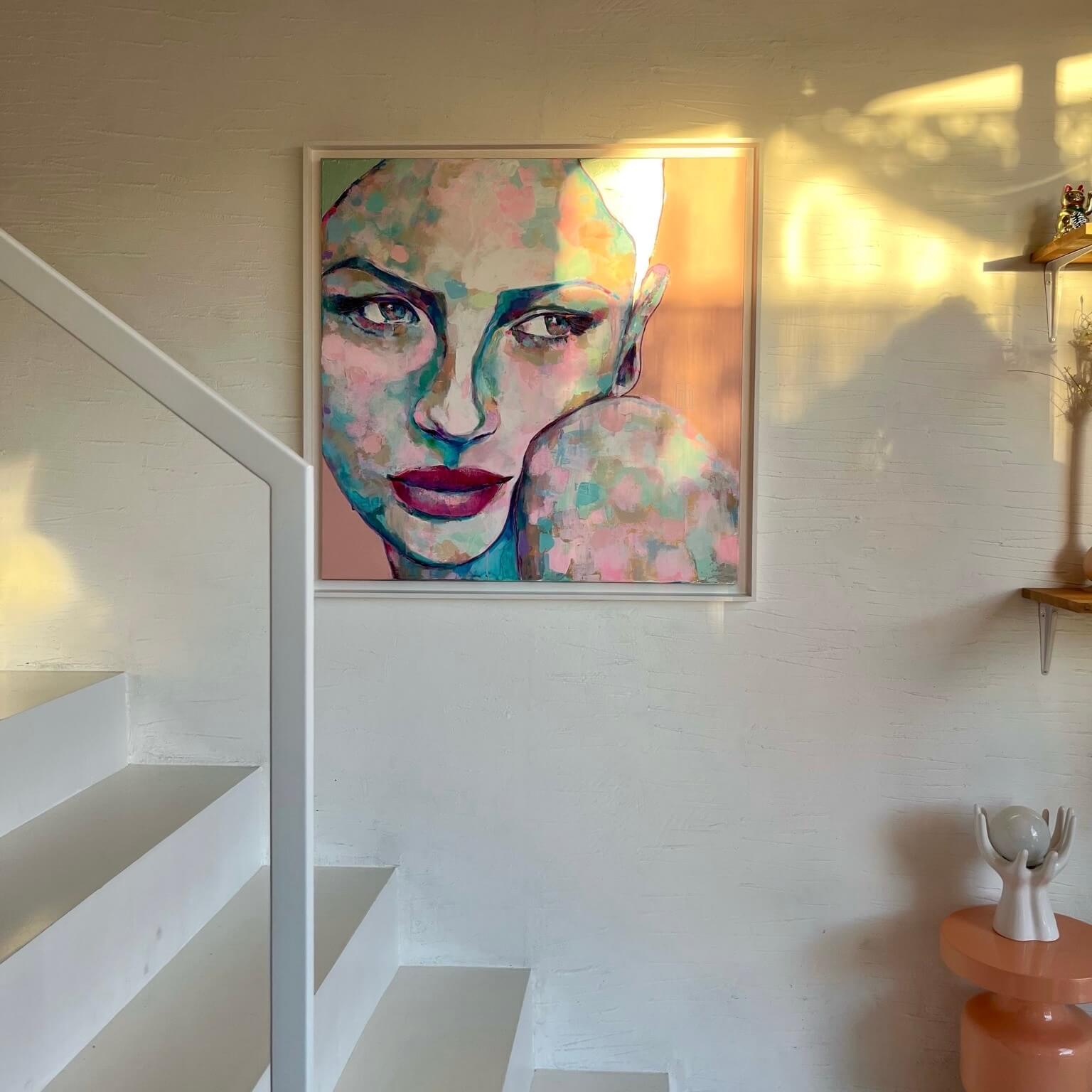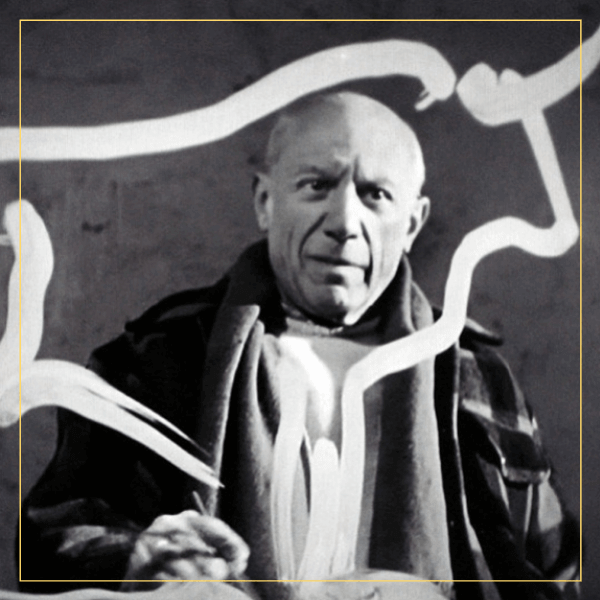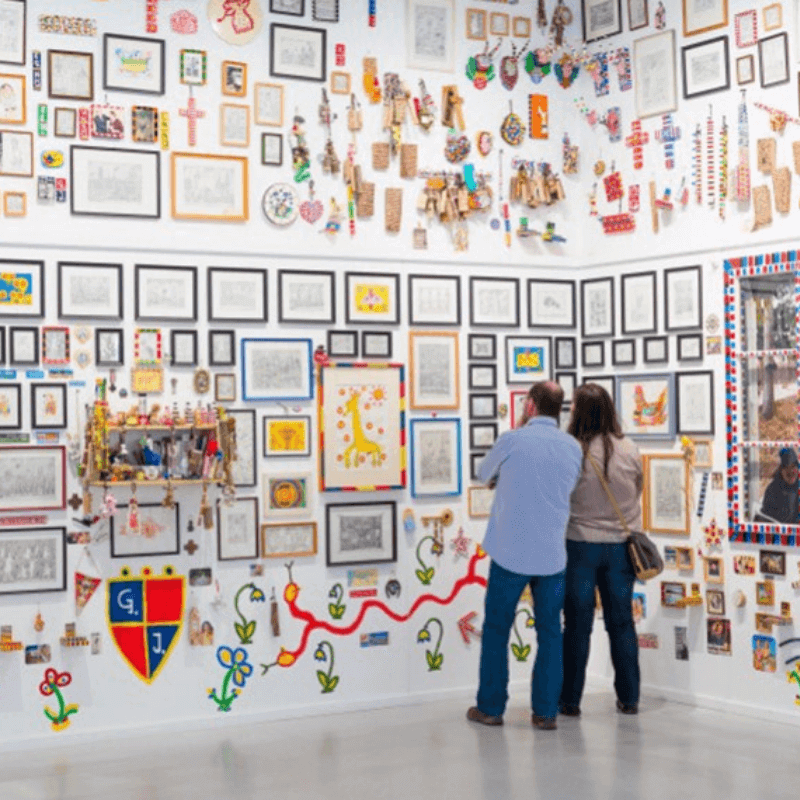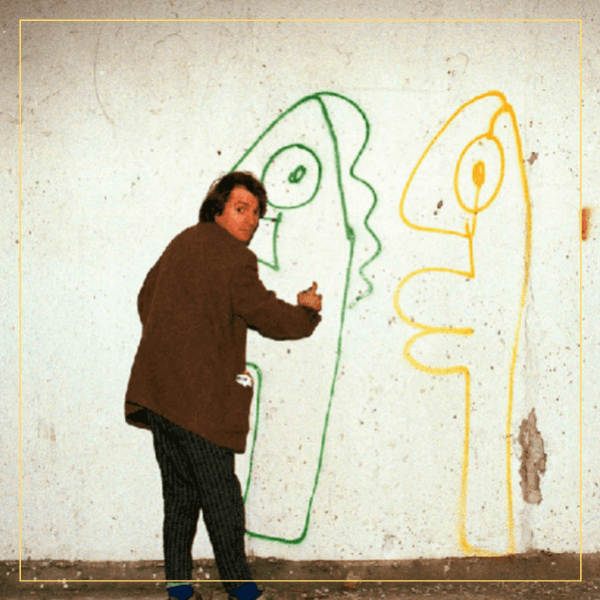A PAINTING WITH FIVE BRANCHES
The first version of "The Scream" from 1893, which is a tempera on cardboard, is not the only version, as it is kept in the Munch Museum at Nasjonalmuseet in Oslo. Edvard Munch also produced five variations of his most famous painting: a very colourful pastel from 1895 that was owned by the Norwegian tycoon Petter Olsen before being sold at auction in May 2012 for the colossal sum of $119.92 million. A second tempera on cardboard dating from 1910, similar to the initial, followed by a fourth version scribbled in pencil, can be seen and is also on display at Nasjonalmuseet in Oslo. Finally, a last version was produced in 1895 in Berlin in the form of a lithograph, a precious work since its printing stone was destroyed shortly afterwards.On 22 January 1892, Munch wrote the following in his diary
"I was walking along a path with two friends - the sun was setting - suddenly the sky turned blood red. I stopped, tired, and leaned on a fence - there was blood and tongues of fire over the blue-black fjord of the city - my friends went on, and I stayed there, trembling with anxiety - I felt an infinite scream passing through the universe and tearing nature apart."
MUNCH'S SECRET
When you first look at Edvard Munch's work, it is easy to be carried away by the assumption that the painting depicts a person who, frightened by something or someone outside the field of view, starts to scream in terror.This is all the more true because the title of the work, "The Scream", is a perfect example of the confusion. But this is an incorrect interpretation! In reality, the main character in the painting, who would in fact be Edvard Munch himself, according to the note associated with the work, is indeed frightened, but by a scream that does not come from his mouth. Skeletal, he holds his head in his hand, presumably to prevent a piercing, icy scream from reaching his eardrums.
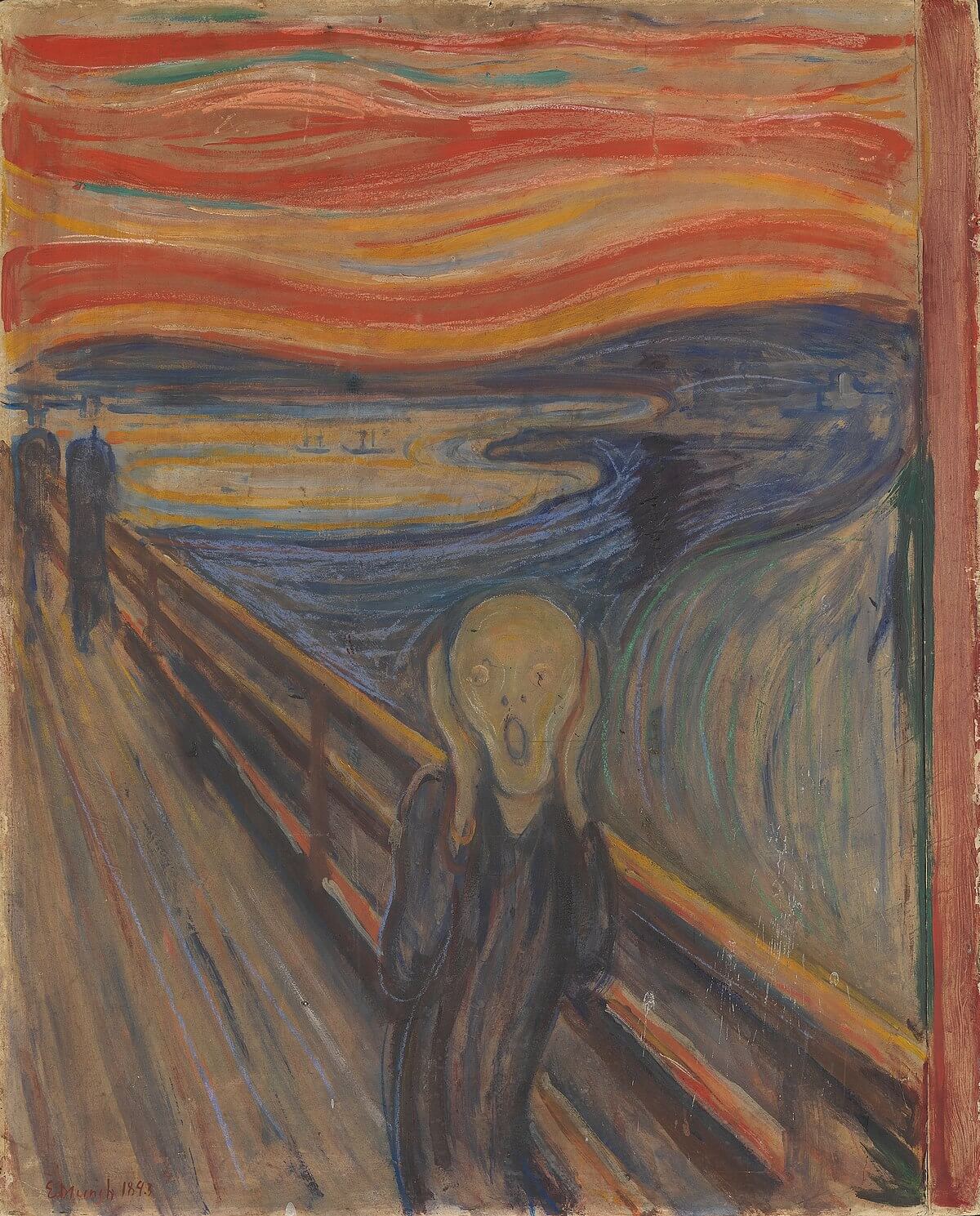
A work with an autobiographical dimension, this cry could be quite illusory when one looks at the accidental history of Edvard Munch. Devoured by an obscure childhood, the painter is a troubled man who is prey to numerous phantasmagorical delusions. His diary associated with "The Scream" proves this beyond doubt: "I was walking along a path with two friends - the sun was setting - suddenly the sky turned blood red I stopped, tired, and leaned on a fence - there was blood and tongues of fire over the blue-black fjord of the city - my friends continued, and I stayed there, trembling with anxiety - I felt an infinite scream going on through the universe and tearing nature apart."
The painting has a peculiarity, indeed there is a small inscription on it : "can only have been painted by a madman".
The great mystery still hangs over this inscription...
THE SCREAM: AN INSPIRED PAINTING
The face of the main character is the most disturbing element of this powerful painting. From whom does the frightened man steal his realistic features? In 1978, Robert Rosenblum, a specialist in Munch's work, researcher for Oxford University and Légion d'honneur, suggested that the peculiar "creature" in the foreground was inspired by a Peruvian chachapoyas mummy, which Edvard Munch might have seen at the 1889 World Exhibition in Paris. Placed in a foetal position, with its hands framing its face, the mummy bears a striking resemblance to the Norwegian master's painting. Also encountered by Paul Gauguin, this mummy, which rests in the Musée de l'Homme du Trocadéro, was inlaid by the painter in his painting "D'où venons-nous? What are we? Where are we going?"THE COLOURS OF THE CRY
In the midst of the 1880s and 1890s, Edvard Munch liked to draw inspiration from the colours and light that shaped his excursions into the Norwegian countryside and fjords. But why then is the sky in The Scream populated with blood red, orange tones and a flamboyant palette? Apart from the chromatic symbolism, which is not innocent in view of Munch's desire to represent suffering, the explanation lies quite simply in an unprecedented climatic and natural event! In 1883, Krakatoa, a grey volcano in Indonesia, erupted in one of the most violent explosions of its kind. The noise caused by the disaster is said to be the loudest heard by human ears: reaching nearly 180 decibels at a distance of 160 kilometres, it deafened everyone within a radius of 20 kilometres. Giant waves, the most impressive 46 metres, swept across Asia and Africa, while plumes of volcanic ash rose 80 kilometres into the atmosphere. This dust is responsible for the flamboyant sunsets seen as far away as Europe and even the United States. Edvard Munch must have witnessed several of these and was largely inspired by them to define the colour scheme of his Cree sky.SERIES FLIGHTS
While the 1895 version, owned by Petter Olsen and sold at auction in 2012, was once the world's most expensive painting at nearly $120 million, two of its "sisters" were also so coveted that they fell into the hands of thieves. On 12 February 1994, The Scream from the Nasjonalmuseet in Oslo was stolen. While Norwegian anti-abortion groups were suspected, the painting was offered to the government a few weeks later for a ransom of 1.2 million dollars. The work was finally found intact in May of the same year by the Norwegian police in a hotel in Asgardstrand. Ten years later, in August 2004, it was the 1910 version that was stolen in broad daylight by a group of armed men at the same time as The Madonna. Thought to have been burnt or missing, the paintings were finally found two years later in what was considered to be a fairly good condition. The masterpieces have since returned to the walls of the Nasjonalmuseet in Oslo, admired but also watched by millions of eyes.THE SCREAM AND ITS ECHOES
Reproduced countless times, The Scream is part of the world's collective memory. The Financial Times refers to it as the most recognisable work of art in the world after the Mona Lisa. Its reputation and influence have long since crossed the borders of Norway and the art world. It is therefore not surprising that the painting is the subject of reproductions and other diversions that have even inspired pop-culture. Andy Wahrol has produced numerous silk-screen prints, and advertisements such as those for M&M's have not hesitated to place their products within the canvas. The Ghostface made famous by Wes Craven and his horror film saga "Scream", the poster for the film "Mommy Missed the Plane" or "The Strange Christmas of Mr. Jack" all pay homage to the painting by the Master Munch.FAUVE, EXPRESSIONISM PLEASURE
Passionate about painting since her childhood, Fauve learnt on her own, drawing inspiration from art history books. After becoming a secretary, she did not abandon her passion and even devoted herself entirely to it in 2000 by opening "L'Atelier Fauve" in Roanne (42) before moving it to Saint-Haon-le-Châtel (42). Largely inspired by expressionists such as Edvard Munch, Ernst Ludwig Kirchner, Egon Schiele as well as Jean Dubuffet, the father of Art Brut, Fauve constructs her paintings from festive colours on which she places fictitious female characters. She shares her taste for the pleasures of life and paints scenes from everyday life. On the borderline of nostalgia and melancholy, her characters are quasi-caricatures with generally joyful looks.
Read more articles about Edvard Munch:
🎨 Portrait of the painter Edvard Munch, the scream of a genius!
🎨 Munch's 9 most famous works
🎨 Portrait of the painter Edvard Munch, the scream of a genius!
🎨 Munch's 9 most famous works


